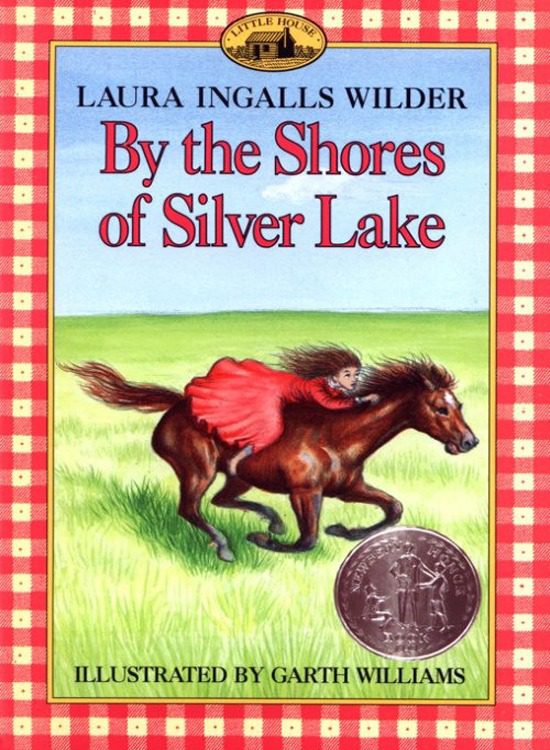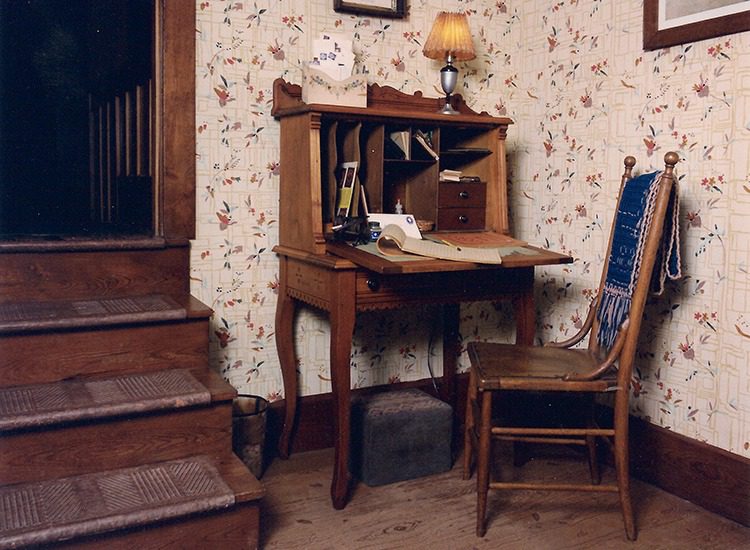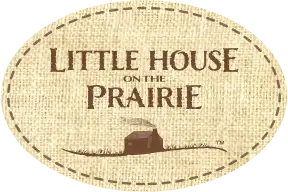As a child, I loved many children’s book characters—Louisa May Alcott’s Jo, Lucy Maud Montgomery’s Anne, and Maud Hart Lovelace’s Betsy—because, like me, they wanted to be writers.[1] But it never occurred to me that the Little House series also tells a story of artistic development. Especially in the later books, Wilder focuses on the maturation of Laura’s descriptive powers and unique interpretation of the world.
It is in By the Shores of Silver Lake that Laura first becomes Mary’s “eyes.” Her sister’s loss of vision leads to Laura gaining her own unique and sometimes misunderstood vision, a theme that will continue to unfold in other books that take place in De Smet, South Dakota. It is in Silver Lake that we first see Laura struggling with the complications of language and vision, the frustrations of being corrected each time she tries to capture her own sense of the metaphorical, of nuances and underlying meanings.

As Laura embraces her new role, describing the world for her sister, Mary can be ungrateful, frequently correcting Laura, perhaps expressing in this way her own frustration over the new limitations on her life. When Laura says, “The road . . . breaks off short,” Mary scolds her, because logically, the road continues to the lake no matter how it appears to the naked eye. Laura feels frustrated, thinking, “There were so many ways of seeing things and so many ways of saying them.”
The differences between the literal, logical older sister and the more imaginative, poetically-inclined younger one emerge in stark relief as Laura struggles to interpret the visual world for her sister. “We should always be careful to say exactly what we mean,” says Mary.[2] Earlier in the book, Mary has made Carrie miserable, scolding her for fidgeting, and though I find Mary’s pride in her own perceptiveness, despite her lost eyesight, to be touching, I don’t always like her at these moments. But despite some snippy moments, Mary does acknowledge Laura’s gift for interpreting the world. “You make pictures when you talk,” Mary says.[3]
Ma and Mary in particular keep placing strictures on Laura’s grammar and try to impose on her vision. Girls are enjoined “to speak nicely in low voices and have gentle manners and always be ladies.”[4] They are told that “a lady never did anything that could attract attention.” Laura is forbidden from playing with a boisterous girl cousin who uses “wicked” words like “gosh.”[5]
Laura is repeatedly corrected by Mary. Laura describes Big Jerry as “riding right into the sun,” to which Mary replies, “Laura, you know he couldn’t ride into the sun. He’s just riding along on the ground like anybody.”[6] Again, Laura feels frustrated: “But Laura did not feel that she had told a lie. What she had said was true too.” She is likewise scolded for saying that a shanty is “tiger striped,”[7] and that sheep sorrel tastes “like springtime.” Mary will have none of this. In the latter example, Mary “gently corrected” her: “It really tastes a little like lemon flavoring, Laura.”[8]
Throughout the books that take place in South Dakota, we see the lines being firmly drawn between Pa and Laura, Ma and Mary. When Laura and Pa agree that the prairie in South Dakota is different from other places they’ve lived, Ma says that of course it’s different: “We’re west of Minnesota, and north of Indian Territory, so naturally the flowers and grasses are not the same.” “But that was not what Pa and Laura meant,” Wilder writes. “There was really almost no difference in the flowers and grasses. But there was something else here that was not anywhere else. It was an enormous stillness that made you feel still. And when you were still, you could feel great stillness coming closer.”[9] Ma doesn’t get it. Mary doesn’t get it. A divide cracks open, widens. Through details, Wilder demarcates the emerging factions.

When, at one point in one of the later books, Mary says that she’s always dreamed of writing a book, we know that eventually, Laura will assume that dream even if she didn’t know it yet — and she will assume it much more successfully and happily than she does Mary’s dream of becoming a teacher. But the autobiographical nature of the writing lends a perpetual circularity to the interaction between the text and the life. I knew that Laura did become a writer, a fact that inspired me and that in hindsight transformed the series in my conception to a Künstlerroman, a story of artistic development.
To learn more about Laura Ingalls Wilder’s artistic development, we recommend you watch Dean Butler’s documentary, Little House on the Prairie: The Legacy of Laura Ingalls Wilder.
Notes:
- Louisa May Alcott, Little Women, 1868; Lucy Maud Montgomery, Anne series, 1908-1939; Maud Hart Lovelace, Betsy series, 1940-1955.
- Laura Ingalls Wilder, By the Shores of Silver Lake, 1939. New York: Harper Collins, 1962.
- Ibid, 73.
- Ibid, 95.
- Ibid, 96.
- Ibid, 65.
- Ibid, 272.
- Ibid, 9.
- Ibid, 60.
Nancy McCabe is Professor of Writing and Director of the Writing Program at University of Pittsburgh at Bradford. Her most recent book is From Little Houses to Little Women: Revisiting a Literary Childhood. You can see the trailer for this book here . She is also the author of three previous books and her essays have received a Pushcart and been recognized six times on Houghton-Mifflin Best American notable lists. She regularly blogs about reading, art, and travel for Ploughshares.


A good survey of her journalistic work which led up to her fiction writing or bio-fiction writing is “Laura Ingalls Wilder, Farm Journalist” put out by the University of Missouri Press.
i love it all thank you